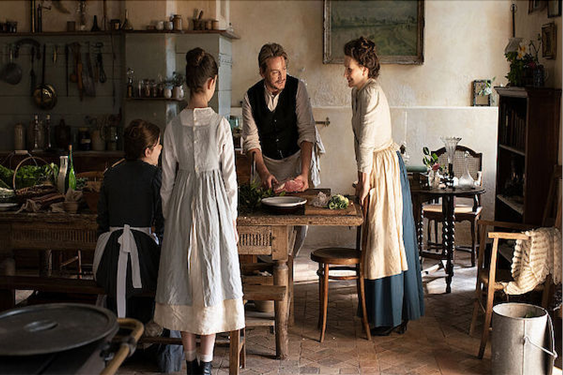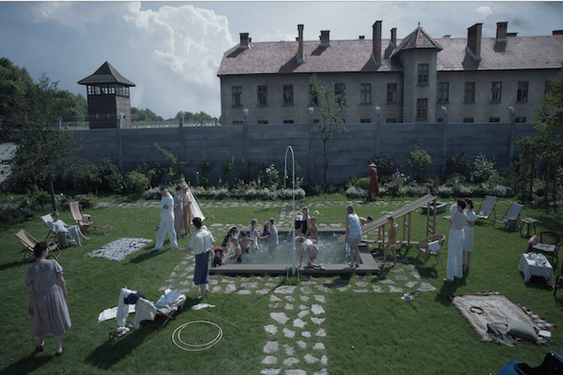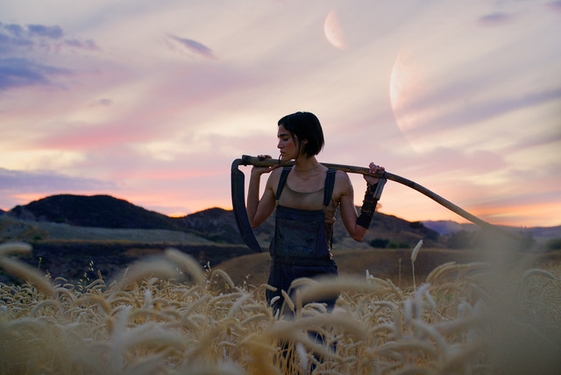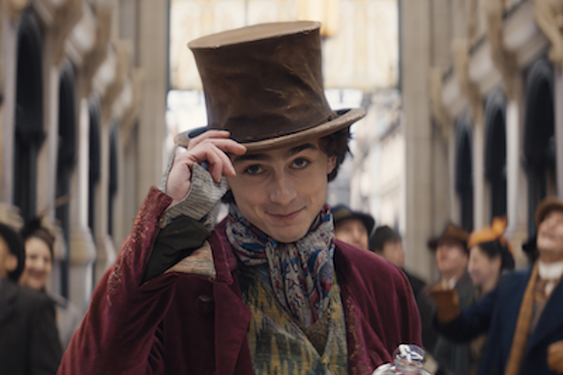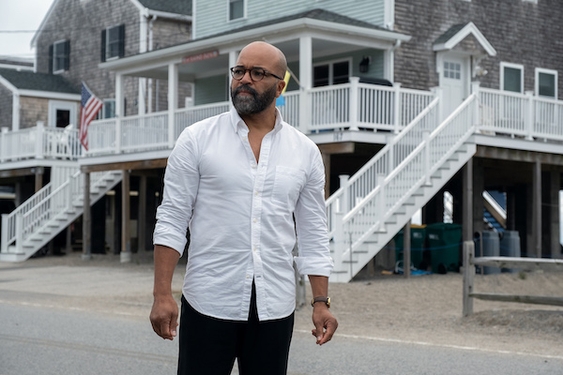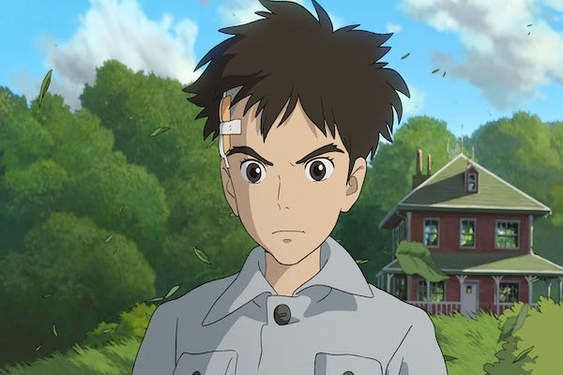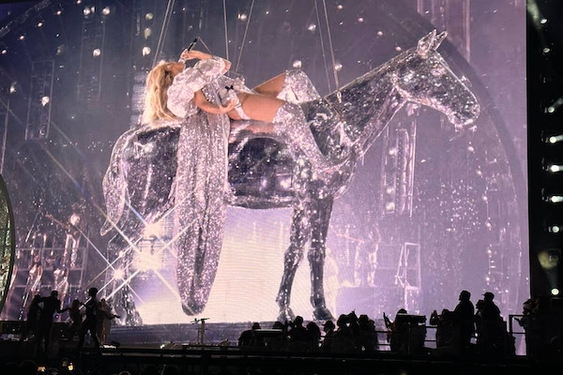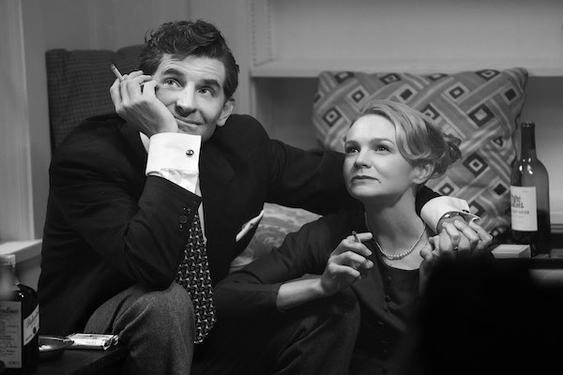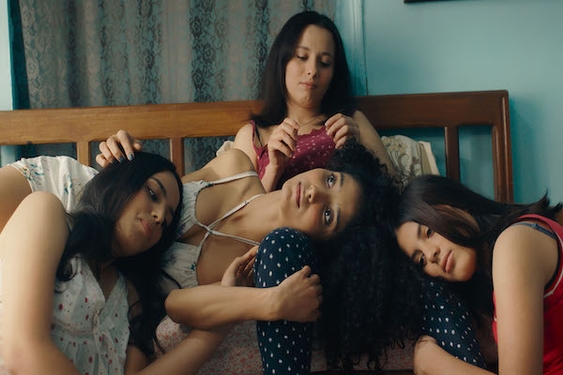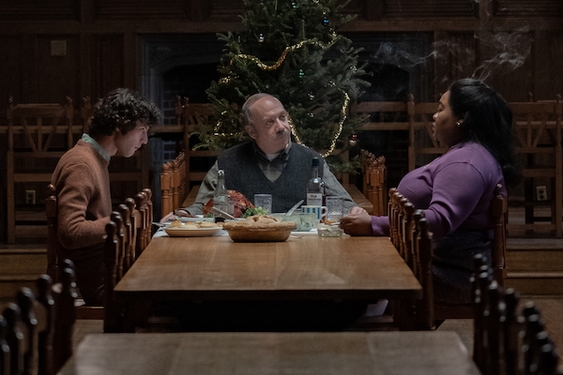Sequels are a tricky business. An inexhaustible one too, as the recent adventures of James Bond, the Addams Family, the Boss Baby, Michael Myers, Venom, Godzilla (and Kong), Peter Rabbit and the hitman’s wife’s bodyguard can all attest. Some are good; most are studio cash grabs, blandly engineered and mechanically foisted on a public assumed to be none too bright or demanding.
But there are also exceptions: the sequels that exist for more than (purely) mercenary reasons, the ones that complete or continue a story’s arc and emerge from an artist’s cohesive, expansive vision. Tellingly, these are the sequels that don’t always materialize in a market that challenges them to justify their existence. I’m thinking this week of an extraordinary cinematic project that was conceived all along as a two-part epic, but which, because of financially related delays and uncertainties, wasn’t always guaranteed the second-act conclusion it so richly deserved.
No, I don’t mean Denis Villeneuve’s “Dune,” though I’m as happy as anyone to hear that we haven’t seen the last of Timothee Chalamet, Zendaya and those amazing sandworms. I’m talking about Joanna Hogg’s “The Souvenir,” an acutely intelligent British drama from 2019, and its equally superb follow-up, which arrives in theaters this week after recent appearances at the Cannes and New York film festivals. To call “The Souvenir Part II” the best sequel I’ve seen this year — and one of the best movies I’ve seen this year, period — would be both perfectly accurate and wholly inadequate. Something this special deserves more than stock superlatives. It also deserves an audience, or at least a bigger one than it’s likely to find (its predecessor grossed less than $2 million worldwide).
Julie Harte (Honor Swinton Byrne), the heroine of these movies and a younger stand-in for Hogg herself, knows a thing or two about the chasm between commercial demands and artistic convictions. An aspiring director living in the swanky Knightsbridge district of 1980s London, she has always gone subtly against the grain of an industrial medium. Early on in “The Souvenir Part II,” her film professors, all older men with advanced degrees in condescension, eviscerate the script she’s submitted for her graduation movie, dismissing its intensely personal story as an ill-advised departure from the working-class drama she had originally pitched. (Sharp-eared fans of the first “Souvenir” will note that these objections are almost the exact opposite of their criticisms of that script, in which they basically suggested she stick to what she knew.)
Julie’s new focus has come at a grave cost. Her project will be a cinematic memorial to her boyfriend, Anthony (Tom Burke), a worldly charmer and habitual liar whose death from a heroin overdose brought “The Souvenir” to its heartbreaking close. That tragedy is still raw in the opening scenes of “Part II,” in which a grief-stricken Julie cocoons herself in the loving embrace of her sweetly clueless father (James Spencer Ashworth) and her more sensitive mother (Swinton Byrne’s real-life mum, Tilda Swinton, once more inhabiting a state of otherworldly grace). Their handsome country estate, a bastion of the upper-class privilege that Julie has come to regard as an artistic hindrance, here becomes a welcome retreat from the world.
Over the course of the story, Julie will return to this retreat, losing herself in sunshine, flowers and family walks. She’ll retch and bleed and assuage her loneliness with other men. She’ll pay an unbearably sad visit to Anthony’s parents (James Dodds and Barbara Peirson) and introduce herself to his former shrink (Gail Ferguson), whom she eventually adopts as her own. Most important, she’ll return to school and make art, which she’s long seen as the only therapy she needs. Her new film will force her to test that idea as never before.
There is no shortage of movies about dealing with loss or movies about making movies, but offhand I can’t recall too many that have braided those strands together as deftly as “The Souvenir Part II” or with such a keen understanding of the stakes and logistics involved. Hogg, looking back at her younger self with an eye both affectionate and unsparing, does not gloss over the possibility that Julie’s ambitions might be misguided at best and doomed at worst. Learning to process grief, let alone analyze it from a distance, takes time — and time is never on the filmmaker’s side.
Soft-spoken and self-doubting by nature — qualities that take on a radiant emotional eloquence in Swinton Byrne’s performance — Julie doesn’t always know what she’s trying to accomplish, let alone how to articulate it. The friends and classmates doubling as her cast and crew react to these hesitations with waning sympathy, mounting impatience and their own smart questions and ideas. Hogg, working with her own gifted team (among them production designer Stephane Collonge and costume designer Grace Snell) and a terrific supporting cast that includes Joe Alwyn, Ariane Labed, Jaygann Ayeh and Charlie Heaton, conducts an inquiry into the collaborative nature of filmmaking that is also a wickedly sharp comedy of errors. She sees it all: the last-minute script changes and looming continuity errors, the on-set tantrums and bruised egos. One of the more delightful surprises of “The Souvenir Part II” is that it’s both a sadder, heavier film than its predecessor and a looser, funnier one.
Some of the best lines here, as before, roll off the devilishly forked tongue of Julie’s classmate Patrick (a flat-out wonderful Richard Ayoade), an aspiring heir to Orson Welles whose arrogance is matched and almost excused by his ambition. He’s Julie’s antithesis in nearly every respect: An unrepentant diva, he devotes himself to reviving a mode of ultra-polished Hollywood escapism that couldn’t be more removed from her more impressionist, inward-looking style. If Patrick is the movie’s most uncomfortably perceptive truth teller, he also knows that the movies offer more than one kind of cinematic truth. His mere presence (in a blond fro and fabulous fur coat to boot) is enough to nudge Julie’s memorial — and “The Souvenir Part II” itself — in a vibrant and unexpected direction.
“Did you resist the temptation to be obvious?” Patrick asks Julie at one point. It’s a question that rings its own moving echo of Anthony, who was always Julie’s toughest critic and, like Patrick, a lover of classical cinematic razzle-dazzle. It’s also a question that Hogg is clearly (even obviously) directing at herself. She resists the banal at every turn, particularly in the subtlety with which she conjures the vibe of the ’80s: Rather than piling on the chunky fashions and big hair (though the needle drops are choice), she grants her young, creative-minded characters their own inimitable sense of style. And even when larger, era-delineating events sometimes intrude — the fall of the Berlin Wall, the devastating reach of the AIDS epidemic — there’s always a specific, personal dimension to these reminders of the world beyond the frame.
That frame feels messier and less statically composed than it did in Hogg’s earlier features like “Unrelated,” “Archipelago” and even the first “Souvenir” (which, like this one, was shot by David Raedeker and edited by Helle le Fevre). There’s a bracing moment-to-moment unpredictability to “Part II,” a jagged new energy that seems to arise out of the very tragedy that sets the movie in motion. Julie’s world is shattered by loss, but in that brokenness lives an impulse — flailing, imperfect, vital — to reassemble the shards of her life and art into something strange and new.
“The Souvenir Part II” closes with a dazzling series of formal ruptures, all of them beautiful, some of them baffling, one of them gasp-inducing. In doing so, it becomes the best kind of sequel, not merely enhancing or deepening its predecessor but also recasting it in a revelatory new light. Hogg, reconciling her background in the British avant-garde with her formidable instincts as a storyteller, meets her alter ego — and her audience — thrillingly in the middle. This intensely personal movie belongs to her and Julie equally; by the end, it also feels like it belongs to us.
———
‘THE SOUVENIR PART II’
MPAA rating: R (for some strong sexuality, and language)
Running time: 1:46
Where to watch: Now playing in theaters
———
©2021 Los Angeles Times. Visit at latimes.com. Distributed by Tribune Content Agency, LLC.



